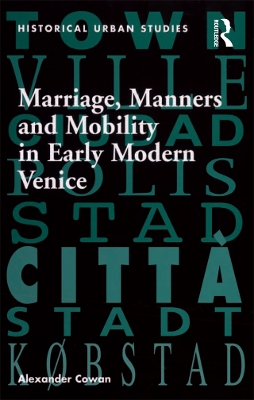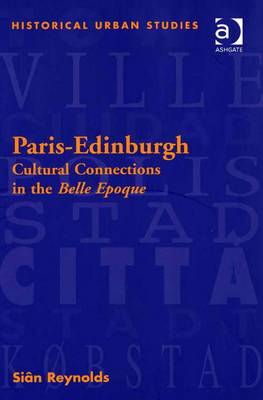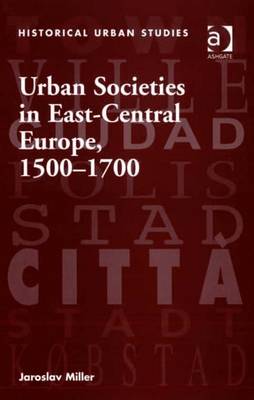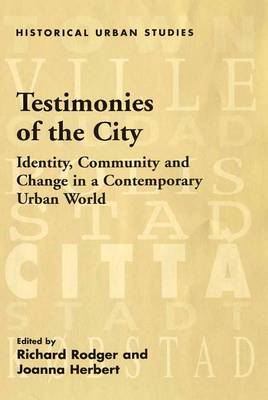Historical Urban Studies
5 total works
By the end of the nineteenth century, Paris was widely acknowledged as the cultural capital of the world, the home of avant-garde music and art, symbolist literature and bohemian culture. Edinburgh, by contrast, may still be thought of as a rather staid city of lawyers and Presbyterian ministers, academics and doctors. While its great days as a centre for the European Enlightenment may have been behind it, however, late Victorian Edinburgh was becoming the location for a new set of cultural institutions, with its own avant-garde, that corresponded with a renewed Scottish national consciousness.
While Morningside was never going to be Montparnasse, the period known as the Belle Epoque was a time in both French and Scottish society when there were stirrings of non-conformity, which often clashed with a still powerful establishment. And in this respect, French bourgeois society could be as resistant to change as the suburbs of Edinburgh. With travel and communication becoming ever easier, a growing number of international contacts developed that allowed such new and radical cultural ideas to flourish.
In a series of linked essays, based on research into contemporary archives, documents and publications in both countries, as well as on new developments in cultural research, this book explores an unexpected dimension of Scottish history, while also revealing the Scottish contribution to French history. In a broader sense, and particularly as regards gender, it considers what is meant by 'modern' or 'radical' in this period, without imposing any single model. In so doing, it seeks not to treat Paris-Edinburgh links in isolation, or to exaggerate them, but to use them to provide a fresh perspective on the internationalism of the Belle Epoque.
Whilst much has been written about early modern urban history, the majority of this work has focussed on Western Europe with relatively little available in English on towns and cities in the former communist East. However, in recent years urban scholars have increasingly looked to a much more inclusive picture of Europe that compares and contrasts development across the whole continent.
Dealing primarily with Bohemia, Hungary and the Polish-Lithuanian Commonwealth, this book provides an insight into a number of key issues concerning the economic, social and demographic trends in early modern East-Central European urban history. Taking a supra-national perspective, across a long time span, it examines the effects of migration, Reformation, state building and economic change on the transformation of medieval urban communities into early modern societies. Drawing on a wealth of primary sources, particularly the registers of new citizens kept by many towns and cities, a fascinating picture of urban development and social structure is reconstructed that not only tells us much about East-Central Europe, but adds to our knowledge of the whole continent.
Testimonies of the City
Oral testimony is one of the most valuable but challenging sources for the study of modern history, providing access to knowledge and experience unavailable to historians of earlier periods. In this groundbreaking collection, oral testimonies are used to explore themes relating to the construction of urban memories in European cities during the twentieth century.
From the daily experiences of city life, to personal and communal responses to urban change and regeneration, to migration and the construction of ethnic identities, oral history is employed to enrich our understanding of urban history. It offers insights and perspectives that both enhance existing approaches and forces us to re-examine official histories based on more traditional sources of documentation. Moreover, it enables the historian to understand something of the nature of memory itself, and how people construct their own versions of the urban experience to try to make sense of the past.
By using the full range of opportunities offered by oral history, as well as fully considering the related methodological issues of interpretation, this volume provides a fascinating insight into one of the least explored areas of urban history. As well as adding to our understanding of the European urban experience, it highlights the potential of this intersection of oral and urban history.




